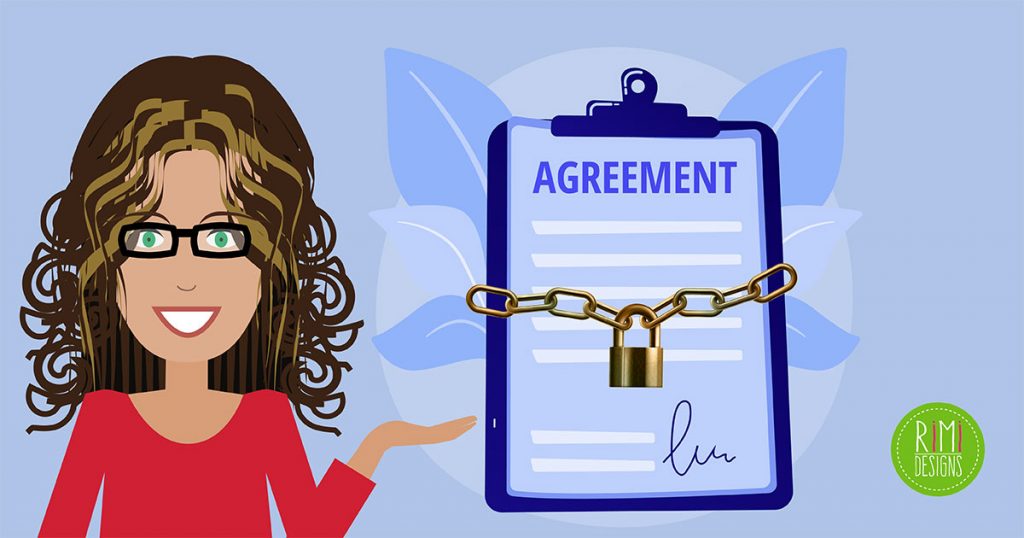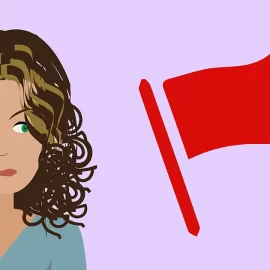
Understanding Non-Disclosure Agreements (NDA)
For those new to freelancing, the non-disclosure agreement or NDA can be a scary thing. It should be scary. It is not something to be taken lightly. Some can go an entire career and never see one, while others see many.
A non-disclosure agreement is known by many names, like:
- propriety information agreement
- secrecy agreement
- confidential disclosure agreement
- confidentiality agreement
They all serve as an agreement between the freelancer — writer, designer, developer, copywriter, etc. — and the client they intend to work for, in order to protect information the client deems confidential.
If you are unfamiliar with NDA, this article will be helpful in assisting you to make good decisions before you sign one. The short of it is, always read the NDA carefully and thoroughly and make sure you understand every aspect to protect yourself at all times.
The need for NDAs
There are numerous reasons a client may want you to sign a non-disclosure agreement. It is meant to protect information about the client and about how they conduct business. This could be a concept, an idea, content or information, an invention or even a process by which the client operates their business. An example of this is an e-commerce website that has found a formula for success that puts them ahead of their competition.
The thing to remember is that most of them are legitimate contracts protecting legitimate confidential information that could be damaging or costly to the client.
The scary side of NDA
Once you have signed a non-disclosure agreement, you are bound by that legal agreement not to disclose any information covered in the document. You cannot speak about it to anyone, including your family, friends and especially on social media. Trade secrets and the satisfaction of patent laws are the most common forms of confidential information.
If you betray any part of the NDA, even accidentally, you could very well find yourself facing charges in a court of law. At this point, an expensive lawyer is a necessity. Heavy fines and even time behind bars is a very real possibility for betraying trade secrets. That is why it is so very important to know what it is you are agreeing to before you sign.
NDA includes those that work for you
If you use subcontractors for any part of the work you perform for your client, and those contractors have access to the information in the NDA, you must inform the client of this so that they can include these subcontractors in the agreement.
What to look for in an NDA
1. An NDA that makes no provisions on your behalf is one that you should decline. For example, one where the content writer is not liable for damages caused by the client producing dangerous or faulty claims of products.
2. An agreement that stipulates you must deny working on a project is not one with which you want to associate.
3. Do not work for clients who refuse to allow you to use them in your resume without speaking about the project.
4. An NDA that states you have to deny the existence of the NDA is best to decline.
5. Avoid NDAs that are not negotiable in any aspect of the contract. As a freelancer, you have the right to negotiate an NDA, as long as you are not trying to change the information you are being asked to protect. Other points of the contract are negotiable, including the time frame it can be enforced.
Set your personal limits
Once you have seen a few NDAs, you should be better able to tell which ones you are most comfortable with. Also note, that the clients who use an NDA pay better than those who do not.
SOURCE: Hongkiat



